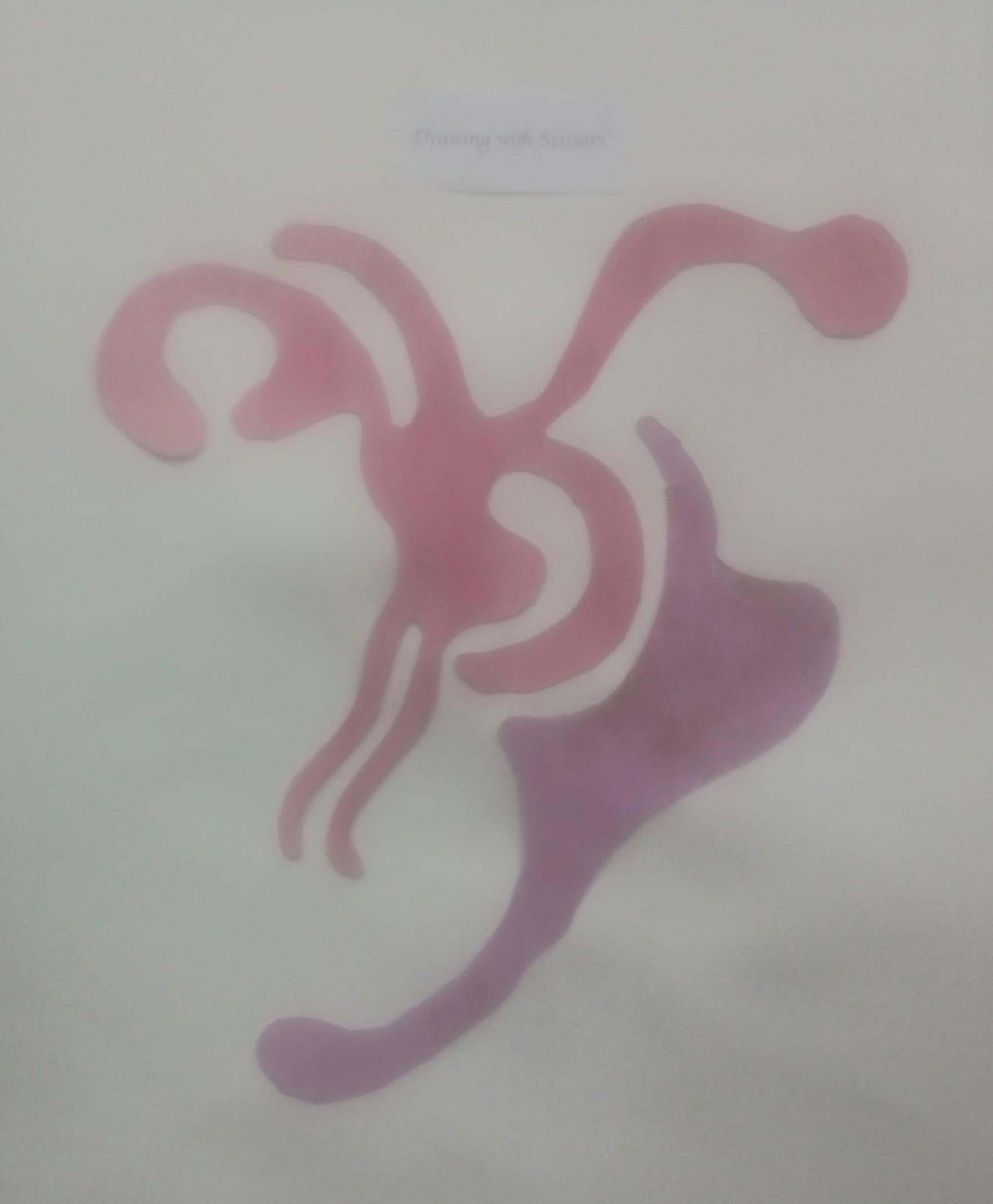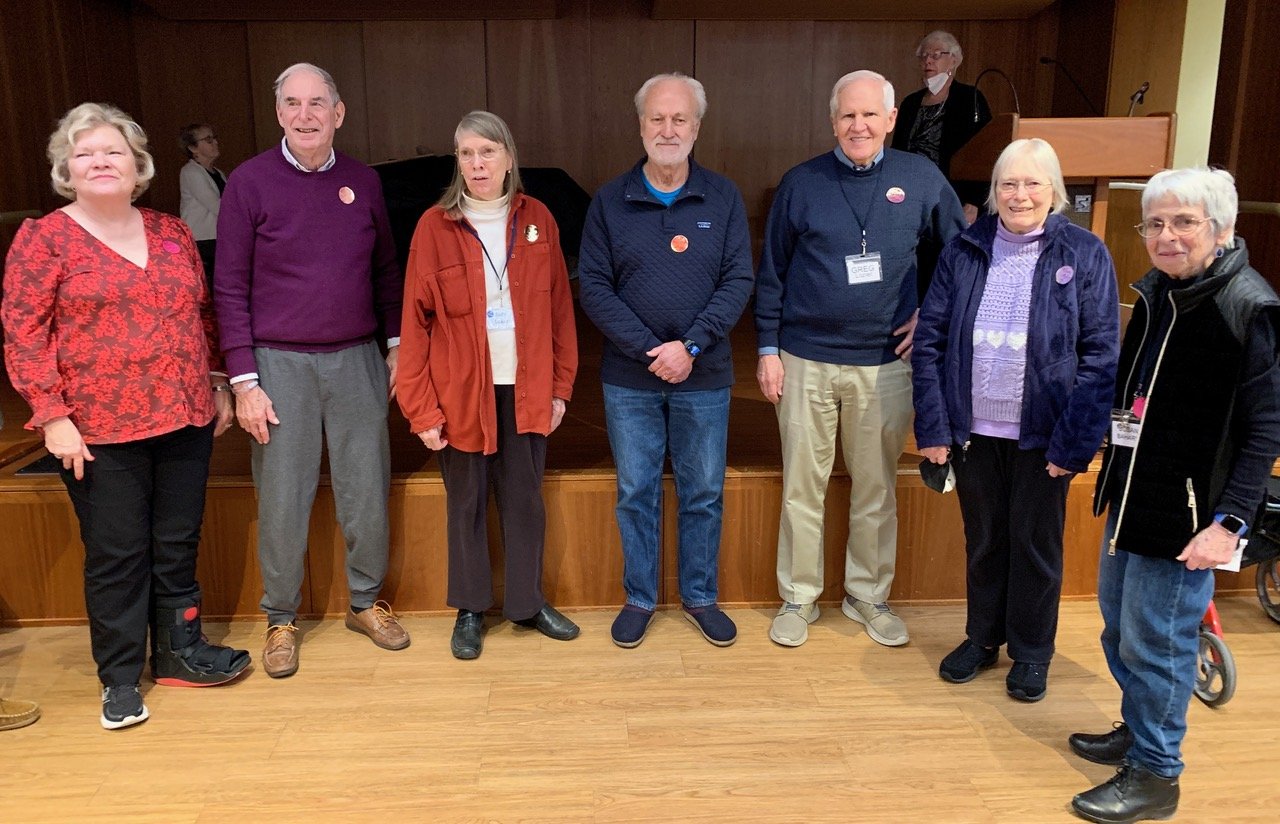Silly String Was Invented for Broken Bones
There’s nothing silly about a broken bone, but if laughter is the best medicine, then the creators of Silly String may well have helped more people than they ever envisioned. In the 1960s, inventor Leonard A. Fish and chemist Robert P. Cox set about producing a mixture that would rapidly harden after delivery via a spray can, providing a near-instant cast for anyone unfortunate enough to sustain a broken limb. They came up with a sticky concoction that set quickly and held, then tested some 500 nozzles in search of the best application from a pressurized can. When one nozzle propelled a stream 30 feet across the room, Fish and Cox had another idea — maybe this stringy goo would work better as a plaything.
After tweaking their recipe, the duo arranged a meeting with an executive at Wham-O, the company behind such popular toys as the Frisbee and Hula Hoop. At first, a business relationship seemed unlikely; overeager to demonstrate, Fish and Cox all but decorated the office with loads of colorful string, and were unceremoniously shown the door. Fortunately, the company’s owners later spotted some leftover gunk and were intrigued enough to seek a larger sample. The next day, Fish and Cox received a telegram from Wham-O requesting 24 cans of the stuff for a market test. By 1972, when a patent was granted for this “foamable resinous composition,” Silly String had clearly moved on from its roots as a tool for healing and was well on the way to its destiny as a mess-making accoutrement for partygoers of all ages.
Source: interestingfacts.com
Contributed by Jane Hart
































































